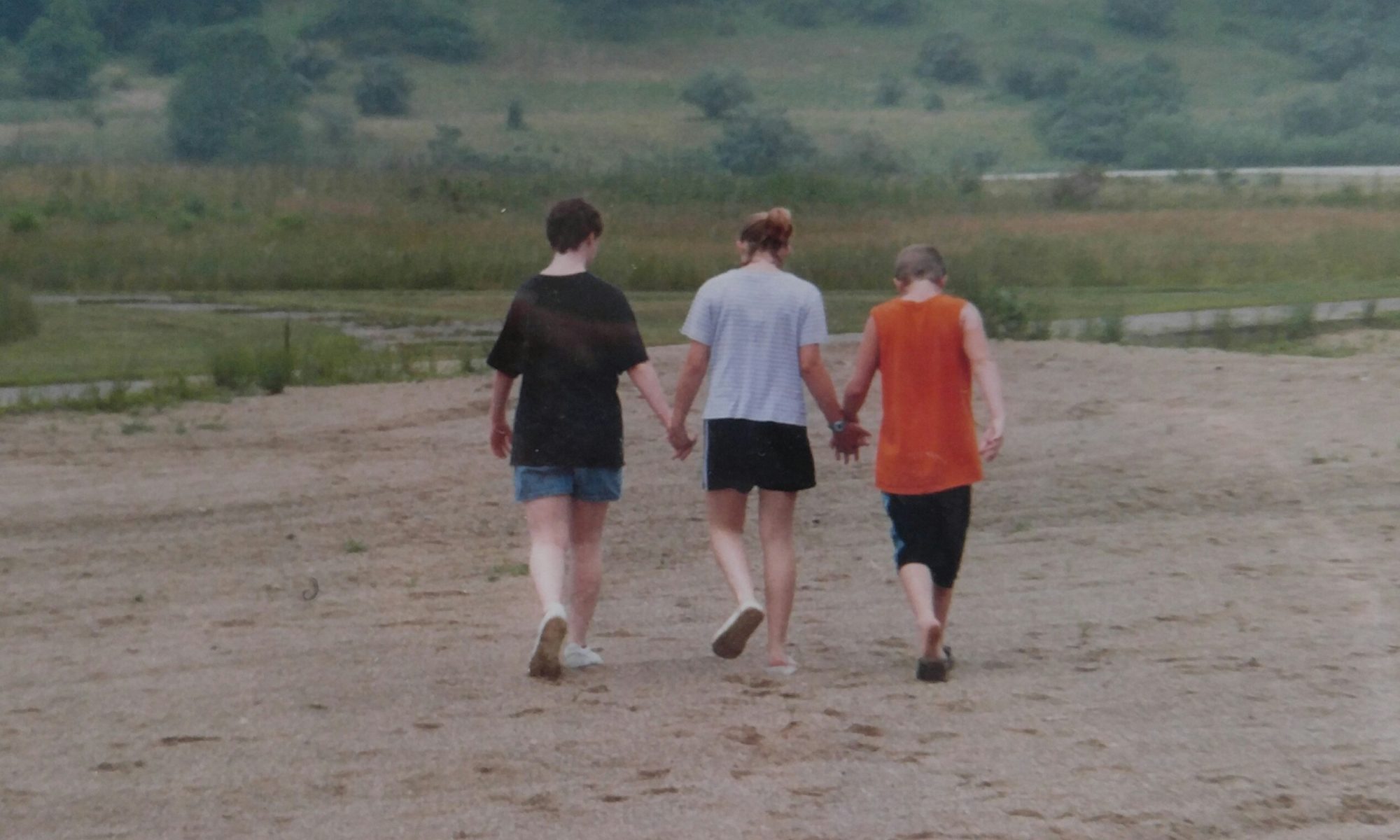
If you follow our Facebook page, you already know the last few weeks have been a struggle for Rob. He continues to amaze me with what he is willing to try, but I’ve been frustrated with autism and communication struggles a lot lately.
Rob broke a tooth (I shared the struggle to find a dentist to help him) and we are still trying to work through that. The dentist who saw him wanted him to come back and get a comprehensive exam so when he was sent to a specialist, they would have all of the information they needed. Rob went to the specialist, who told me it would be months for him to sedated and he wanted me to bring Rob back and he would attempt to pull it in the office. So I called the first dentist back to see if they would be willing to try. (They are 40 minutes from home – the specialist is 2 hours)
Meanwhile, Rob is still struggling to deal with the tooth pain. I don’t think it hurts constantly, but I can tell there are times he just doesn’t feel well. He hasn’t said anything about it, but with his high pain tolerance, that doesn’t mean it’s not getting infected or that it’s not painful. I do know he is tired of me asking if he needs medicine for it and if he is okay.
And while we were dealing with this, Rob stumbled in the driveway. He showed me his skinned knee but never said anything else. (And honestly, he only showed me his knee because I saw him fall and made him pull his pants up so I could look!) The next day, we went to the pool but he refused to get in. He sat and watched Casey. I thought his tooth was hurting. All he would say is “Hurt” but would not show me where. The next day, he was limping a little, but I thought his plantar fasciitis was flaring up and treated it as such. He wouldn’t say his foot hurt.
By Tuesday evening, he was crying for the doctor, but he still had no swelling, so I assumed it was the plantar fasciitis and gave him ibuprofen and ice. Wednesday morning, he wouldn’t put weight on his foot and it was swelled the size of a softball. I knew it was bad when their shuttle came and he made no effort to get up and go. I took him to the doctor and she was concerned he had a fracture so we had to get x-rays.
Again – I have to brag about how well Rob did. He was actually using a knee scooter because he couldn’t put weight on the foot. The tech turned his foot different ways and even when it hurt, he held perfectly still and let her take pictures. The x-rays didn’t show a fracture, so we treated it as a sprain and he was fine with staying off of it for a few days. Luckily, he felt better in a few days. He’s still not walking like usual but he’s definitely on the mend.
Which brings me to my frustration. If it wasn’t for the communication struggles with autism, he could have told me Sunday his ankle hurt and I wouldn’t have been telling him he needs to walk and stretch it, like you do with plantar fasciitis. I would have called the doctor sooner. Just like his tooth – had he been able to tell me, it wouldn’t have gotten so painful for him. I can handle what autism throws at me, but sometimes, the communication issues just make me want to cry.
He was in pain for days before he could tell me. (and yes, I do know his high pain tolerance was probably part of the problem, too.) Casey is struggling right now, too. She is anxious and her OCD is flaring up. She is on edge often and she can’t tell me what’s wrong. She has never been one to deal with anxiety, but it’s becoming obvious something is going on with her. Until I figure out the right question to ask, which is nearly impossible at times, I just have to wait until she can tell me.
I have guessed several things that might be bothering her, but she says no to each of them. Meanwhile, she is getting upset several nights a week. Even if she controls her screams, the tension in her body is obvious. So, again, I have to wait for autism to let her tell me what she needs. I’m frustrated. I’m sad. I’m tired. I feel guilty that I can’t guess what they need more often. I’m stressed because when she is on edge, so am I. It’s like waiting for a bomb to go off. 🙁
In so many ways, they have changed the last few years and are showing an independence I never thought I would see. I can brag till I’m blue in the face about all of the amazing things they are doing, but the communication struggles just bring me to my knees some days. Like every parent, I want to help them when they need it and autism prevents that some times. So I get frustrated – not at them, but at autism, and sometimes at myself for not asking better questions. Unrealistic? Yes. But, I still feel that way.






